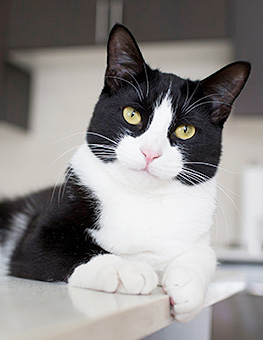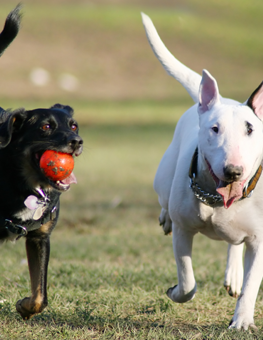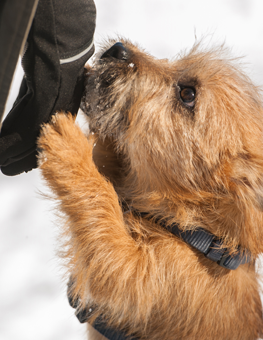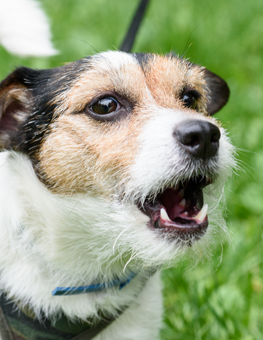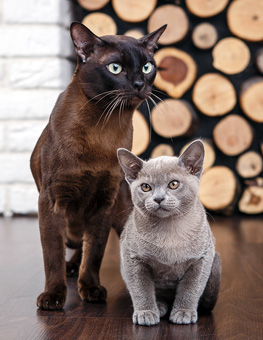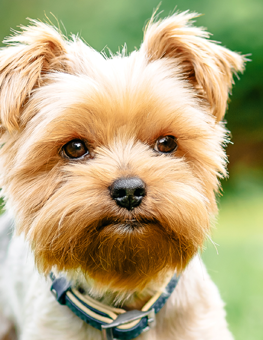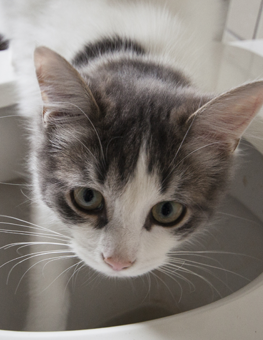Dog Training Basics
Whether you send your pup to school or train your dog at home, consistency is the key to good behavior.
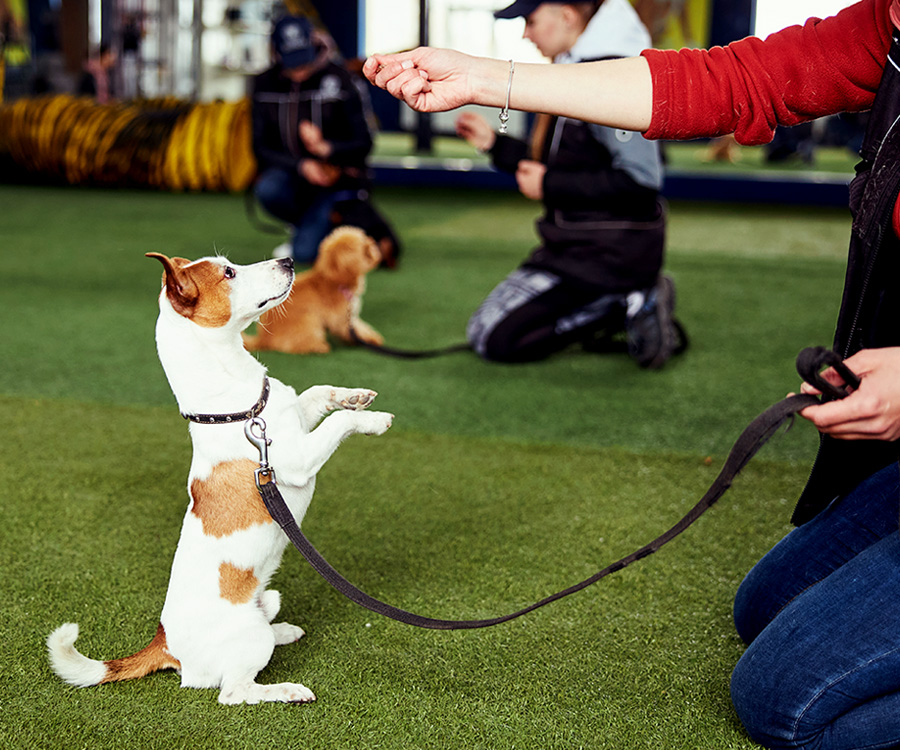
In either group classes or private lessons, positive reinforcement is required in dog training.
You and your pup may seek dog training for a variety of reasons: obedience, conformation, or agility. Many different options are available to suit both of you. If you send your pup to dog training school, remember that at-home training and reinforcement are required. Below are some helpful hints and tips when deciding on the proper course to take for training.
Send Your Pup to Dog Training School
There are many dog training schools across the country. But it's up to you to decide what type of environment and instruction you want for your dog. Bear in mind your dog's personality and preferences to ensure the best possible outcome from professional school training.
- Assess your dog's health and behavior. Some dog trainers provide lessons for puppies as young as 8 weeks. Your puppy must be healthy and vaccinated before you bring him to any group event. Even if your dog is older, make sure he is in good condition. If your dog is either shy or aggressive, talk with your vet or an experienced dog trainer to find the right class for him.
- Find the right school. Determine whether you want private lessons or a group class. The program should be run by private dog trainers, pet store trainers, or dog club trainers who use positive reinforcement training. Private lessons provide a specialized plan tailored to your dog's problem and your concerns. Some dogs achieve better success working one-on-one with a trainer. Private lessons can also be tailored to fit your schedule. Dog training sessions should be fun and the trainer should be a member of a dog trainer's association, such as Association of Pet Dog Trainers (APDT). Your dog's trainer should involve you in the process and give you exercises to practice at home.
Try At-Home Dog Training
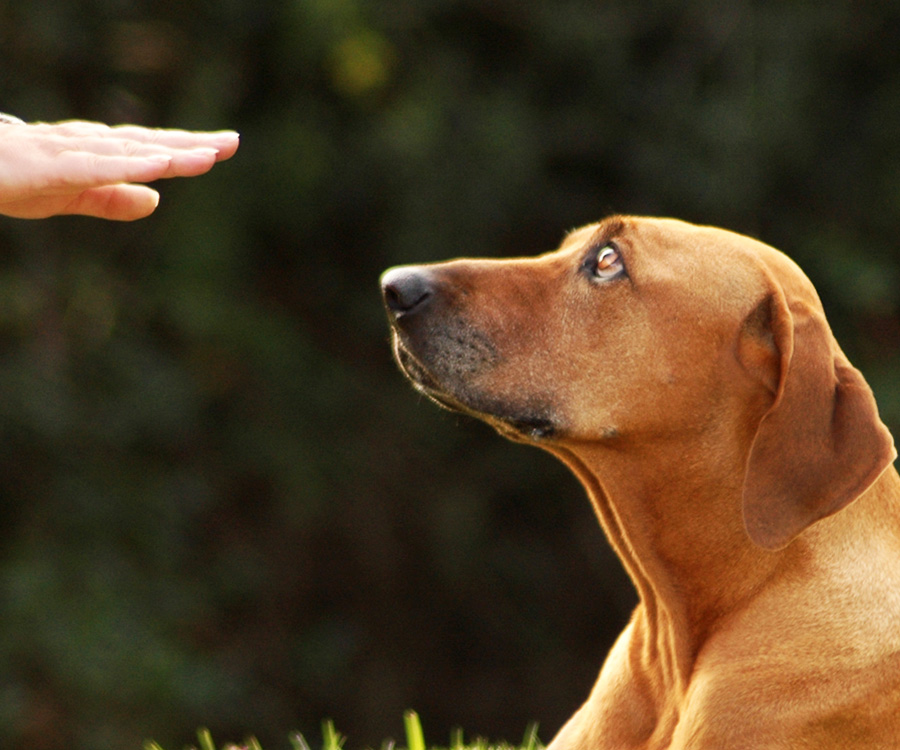
When training your dog at home, take breaks to avoid boredom and keep it fun for you both.
Whether or not you've learned training techniques from a professional dog trainer, there are a few key things to keep in mind when training your dog at home.
- Start your dog's training on a positive note. If he’s having trouble learning a new trick, ask him to perform a command he knows well.
- Keep your dog's schedule consistent and reinforce that you are a kind, dependable leader.
- Dog training sessions should always be positive and fun for you and your pup. If you have a bad day, bring your dog outside and throw him a ball. Playing will maintain a positive attitude for future training sessions.
- Spend quality time with your dog while training him. Remember, training should be fun, so break up intervals so that neither of you gets bored.
School-trained or home-schooled, constantly practice what you both learn. Consistency allows you to become more familiar and comfortable with training your dog and helps your dog progress quickly.





